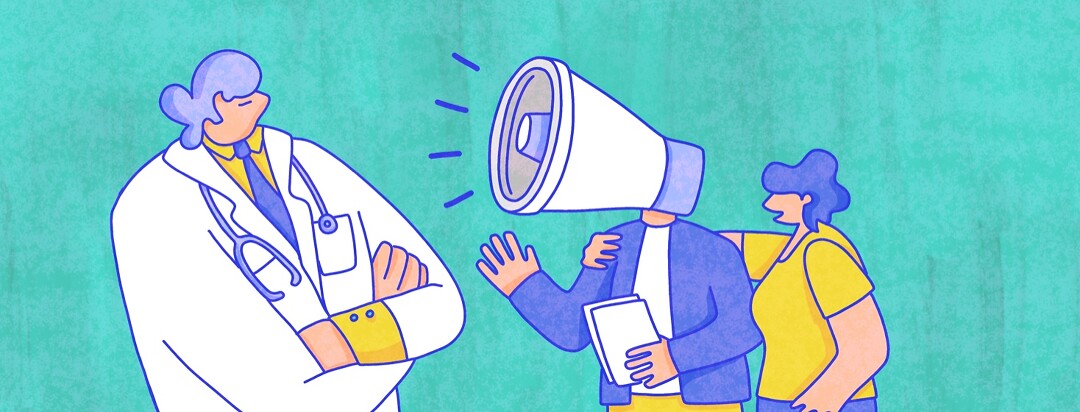Supporting Someone with Suspected Endometriosis on Their Journey to Diagnosis
The journey from the onset of symptoms to a definitive diagnosis of endometriosis can be a long and complicated one. In the UK, diagnosis takes an average of 7.5 years, and in the US, many people wait a whole decade for diagnosis. There are a number of reasons for this: Endo still lacks awareness, symptoms are easily confused with other conditions like IBS, and the only way to get a definitive diagnosis is through an invasive laparoscopy. These factors and more contribute to a sluggish diagnosis process that can drag on for years.
Dismissals and biases
Another factor is that reproductive organ-related pain is considered a "normal" part of the menstrual cycle. This means that people suffering from endometriosis symptoms are often dismissed by their health care providers. Furthermore, studies have shown that there is a gender pain bias, where female patients’ pain is underestimated compared to male patients. Female patients are also more likely to be prescribed psychotherapy for pain, whereas males are more likely to be prescribed pain medication, implying that the pain is perceived as being ‘in the head’ of the female patients.1
My partner experienced this bias directly and was only diagnosed with endometriosis after her then-boyfriend came to the appointment and verified how much pain she was in! Which leads me to the point of this article: How can the partner of someone with suspected endometriosis support them on their journey to diagnosis?
Be there by being present
Firstly, as pointed out in the example above, you can help your partner secure a diagnosis by going with them to an appointment. Whatever gender you are, having a second voice backing up your partner's experience may mean they are taken more seriously. You can explain how severe their pain seems from the outside, the ways it debilitates your partner in everyday life, and the symptoms you notice.
Pay attention
But to tell the doctor what symptoms you notice, you need to pay attention to these symptoms – and that’s the next point. Pay attention to the areas of the body your partner reports pain in, other physical or mental symptoms your partner reports, and at what point in their menstrual cycle this occurs in. This observation can build a rich picture for the doctor and may build a better case for them referring your partner to a specialist for diagnosis.
Help record symptoms
Now actually recording these symptoms may be difficult for your partner when they are in significant pain, so another way you can support them is by recording the symptoms yourself. Simple by recording observations in a note taking app on your phone, you can make sure that you don’t miss anything when you visit the doctor. Of course, get your partner's permission before you start recording their health on your phone!
Offer emotional support
And finally, the best thing you can do is to offer emotional support during what might be a long and stressful process. Listen to your partner, be open and communicative about how they are feeling, advocate for them when they need it, and just be there for them. The journey to diagnosis can be a long and lonely one, so it’s good to have company.

Join the conversation